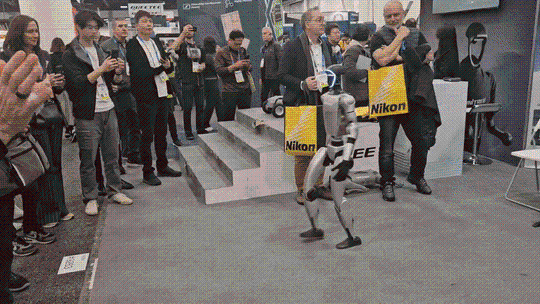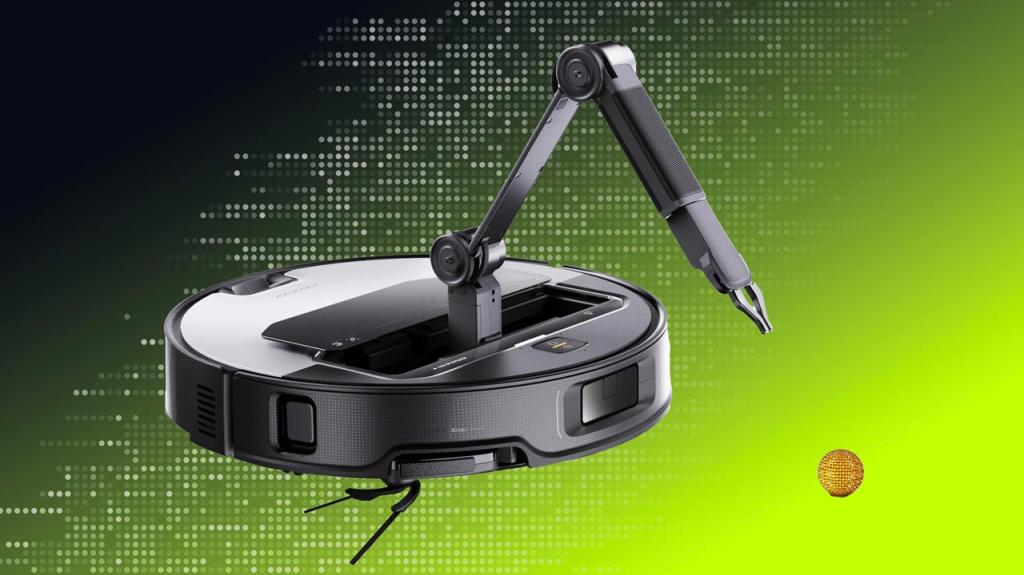Samsung Acquires Majority Stake in Rainbow Robotics to Innovate
Samsung's acquisition of Rainbow Robotics is set to transform humanoid robotics, driving innovation and efficiency in AI-powered automation technologies.

Key Points
- Samsung Electronics
has acquired a 35% stake in
Rainbow Robotics, positioning itself as the largest shareholder to enhance its robotics capabilities.
- The establishment of a Future Robotics Office aims to accelerate the development of advanced humanoid robots and improve operational efficiency.
- This strategic move aligns with the growing global robotics market, projecting significant opportunities in AI-driven automation technologies.
In a significant move that showcases its commitment to innovation and the burgeoning field of robotics, Samsung Electronics has announced its acquisition of a majority stake in Rainbow Robotics. This acquisition is not just a financial investment; it's a strategic assault on the future of robotics, underscoring Samsung's drive to integrate advanced technologies and secure a leading position in the development of AI-powered humanoid robots.
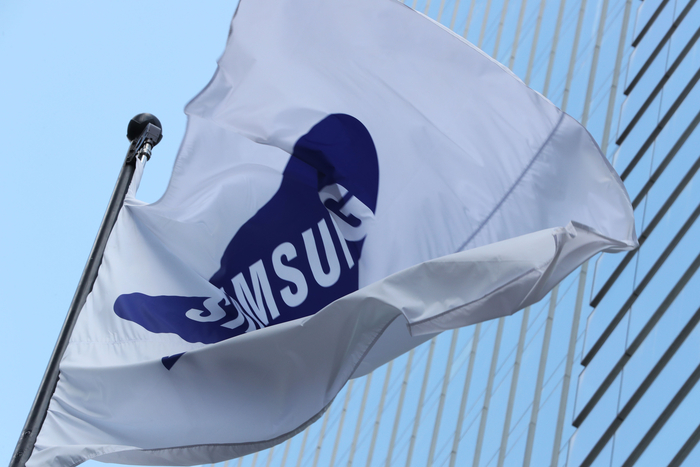
A Bold Step into the Robotics Market
Samsung's new majority stake of 35% in Rainbow Robotics comes from an investment exceeding 267 billion won (approximately $180 million). Prior to this acquisition, Samsung had held a 14.7% stake since early 2023. The completion of this deal will see them becoming the largest shareholder, integrating Rainbow into their financial operations as a subsidiary by February 2025. This strategic maneuver aligns with their ongoing effort to expand their robotics sector, especially in humanoid technology, which is gaining traction in various industries.
Rainbow Robotics: A Pioneering Force in Robotics
Founded in 2011 by a group of researchers from the
(KAIST), Rainbow Robotics is well-regarded for developing sophisticated robotic systems, including the dual-arm mobile manipulator and the first two-legged walking robot in South Korea, known as Hubo. This robust background in robotics is a perfect fit with Samsung's mastery of AI and software technologies.
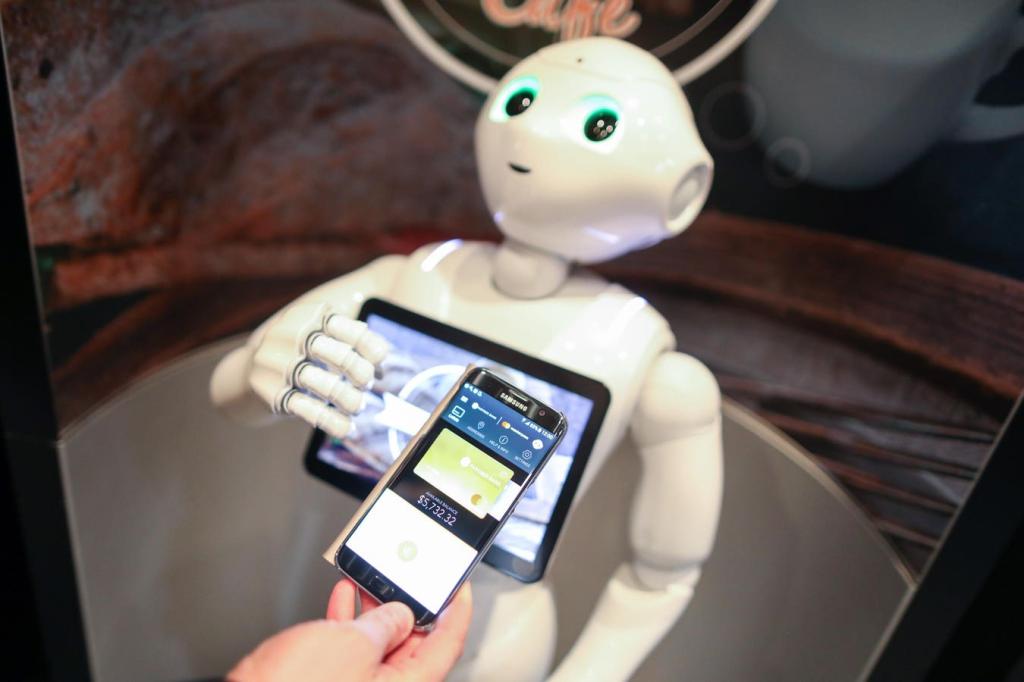
The Future Robotics Office: Charting New Territories
With the acquisition finalized, Samsung plans to establish a Future Robotics Office that will be directly overseen by the CEO. This initiative aims to catalyze the development of advanced humanoid robots. Under the guidance of renowned KAIST professor Jun-ho Oh, who is acknowledged as the "father of Hubo", this office will focus on securing technological competitiveness in the humanoid sector. Such efforts reflect a larger trend within South Korea's conglomerates, as seen with Hyundai's investments in Boston Dynamics and their advancements in robotic technologies.
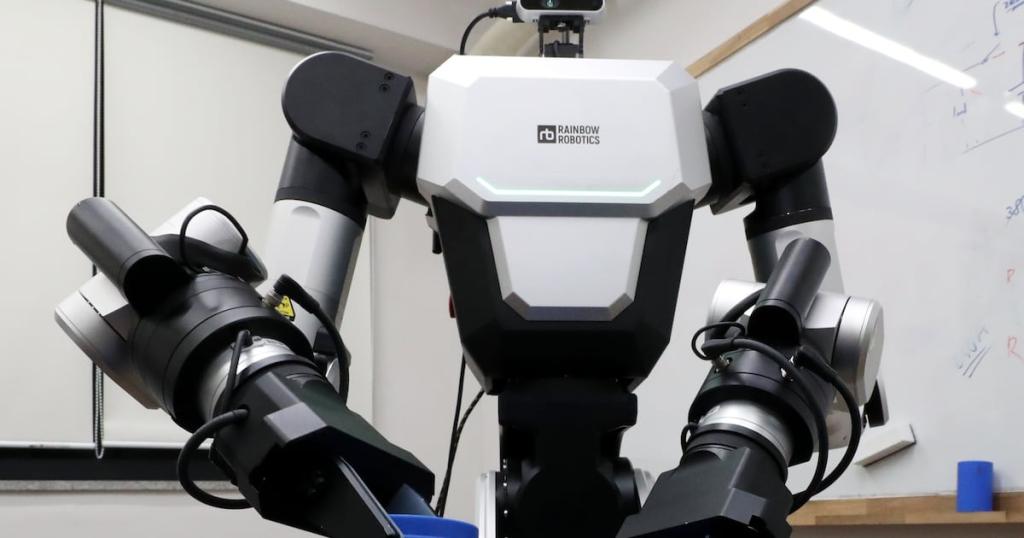
Market Trends and Opportunities
The global robotics market is set for remarkable growth, expected to surge from $33.2 billion in 2021 to $74.1 billion by 2026, according to the Korea Machine Tool Industry Association. This growth presents immense opportunities, particularly in AI-driven humanoid robotics. With tech giants like Tesla and
also targeting this market, competition will be fierce. Samsung’s strategic move positions it to not only compete but potentially lead in this space.

Unlocking Synergies for Enhanced Capability
By leveraging Rainbow Robotics' expertise in collaborative and autonomous robots, Samsung aims to streamline and automate manufacturing and logistics processes significantly. This strategic partnership is expected to enhance operational efficiency across various sectors, including healthcare and home automation, where robots like Samsung's AI assistant, BOLI, and wearable walking aid, BOTFIT, could see substantial advancements.
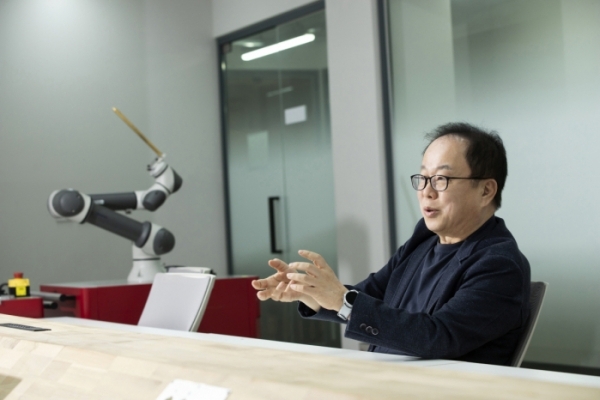
As we watch this development unfold, it is clear that Samsung’s acquisition of Rainbow Robotics marks a transformative step in the robotics industry. With a clear focus on innovation and technological integration, Samsung is not just keeping pace with the competition but is also setting the stage for significant advancements in robotics that could redefine our interaction with machines in our everyday lives.
